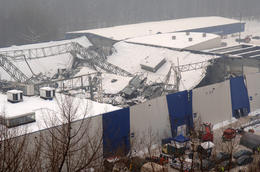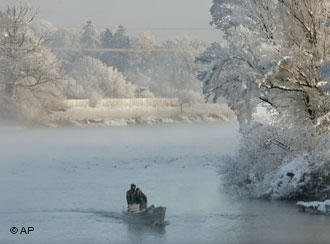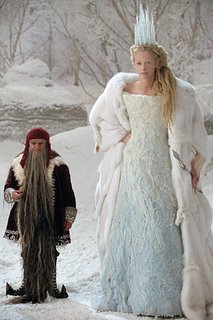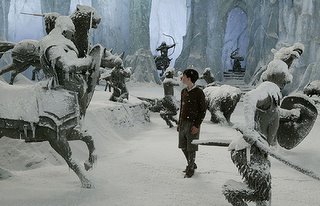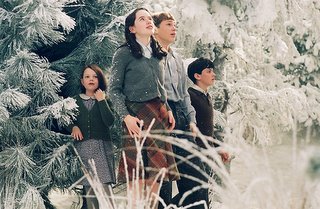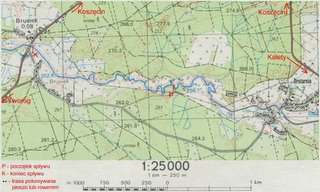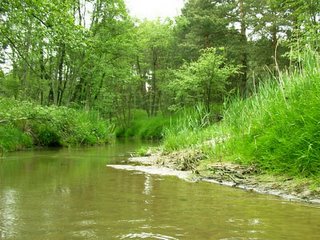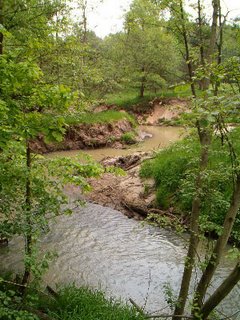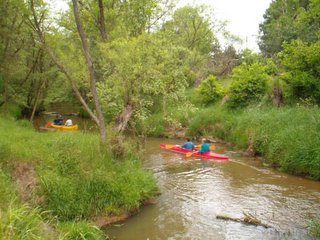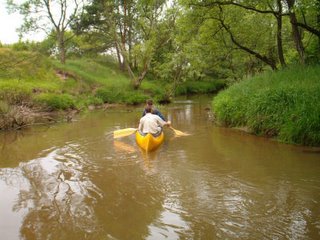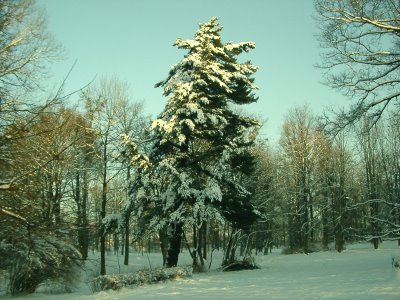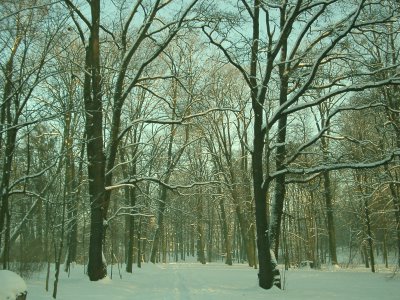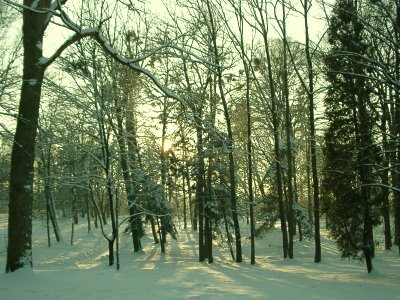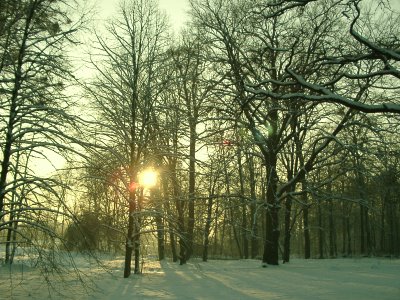Nature 2000 in Silesian Voievodeship
Well I would like to start this entry with a detailed map of the Silesian Voievodeship where you can easily find Lubliniec town (my living area), Tarnowskie Góry town (the city of which antique mines I decided to write about) and Katowice city when the Saturday's tragedy happened.
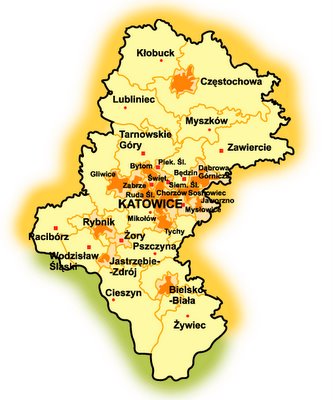 Well - now I would like to write a bit Nature 2000 programme in Silesia. it is a programme of EU that mai aims are to strenghten national systems of nature conservation giving them international status of Nature 2000 reserves.
Well - now I would like to write a bit Nature 2000 programme in Silesia. it is a programme of EU that mai aims are to strenghten national systems of nature conservation giving them international status of Nature 2000 reserves.Now, it is in hands of particular EU members to include new Nature 2000 reserves into already existing national legal systems of nature conservation to make them the same way legally valid as "the old" national forms of nature protection.
It isn't any easy task and lot of work and questions about it.
First question was about how to point Nature 2000 reserves. Where to place them in the scale of whole our country?
When the first list of proposals was done before 2004 a lot of people grumbled and were disgusted with a bad choice. New and new options have been added to the first official list of Polish Ministry of Environmental Protection. Till today new and new areas of Nature 2000 are being added. Imagine what a mess everywhere here! At this moment - writing this entry of mine - I am totally unable - using all accesible sources of information - give you an exact number of areas (within Silesian Voivedeship itself) that have been already officially recognized as Nature 2000 reserves by Polish Ministry of Environmental Protection.
It isn't bad, is it?:(
There are two types of Nature 2000 reserves:
1. habitat reserves
2. bird reserves
With a brown colour on the map below there are marked Nature 2000 bird reserves - only 4 of them as you can see.
This is the best and latest (as it seems to me) map I was able to find at all! But still some unanswerable questions I have reading it:(
Well, inquisitive readers can see that no Nature 2000 reserves in vicinity of Lubliniec town.
I think it is not because nothing interesting here only becasue noone sent any proposal or the sent proposal wasnot chosen:(. So still a lot of work in front of local environmentalists!
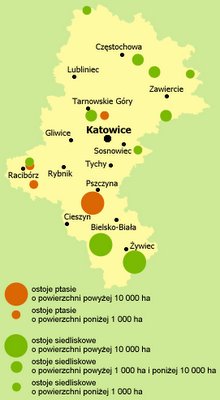 On the map below you can see a detailed map of Tarnowskie Góry region that has been chosen as a Nature 2000 habitat reserve. Within 300 km of underground corridors left by mining in this region the Polish second largest population of bats exist. And there are just bats that are being protected in Tarnowskie Góry Nature 2000 habitat reserve. Soon I will try to write you bit more about bats and their habits.
On the map below you can see a detailed map of Tarnowskie Góry region that has been chosen as a Nature 2000 habitat reserve. Within 300 km of underground corridors left by mining in this region the Polish second largest population of bats exist. And there are just bats that are being protected in Tarnowskie Góry Nature 2000 habitat reserve. Soon I will try to write you bit more about bats and their habits.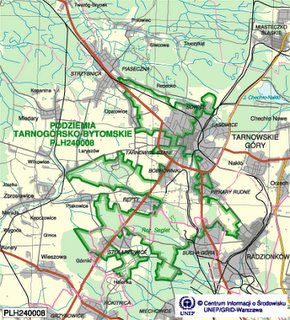
Have a better insight into what a miner's work was like. Some parts of the corridors have been flooded with water thus you need to use a boat to visit them.
The same time I would like to invite you into Tarnowskie Góry region in September. Each year this time the memory of miners is still celebrated as a local 3 day long fest called "Gwarki" (cause gwarek is local name of miners)
A lot of attractions there for everyone. Feel welcomed into Tarnowskie Góry all year round but specially in September:)


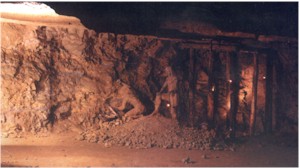
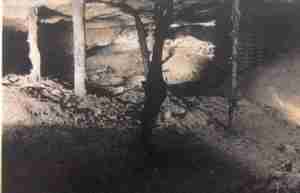
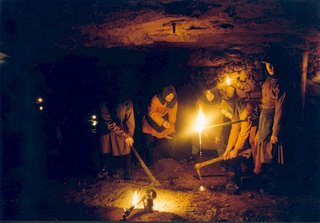
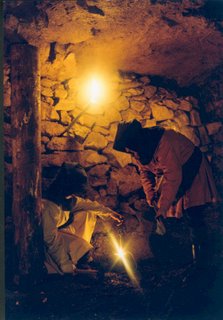
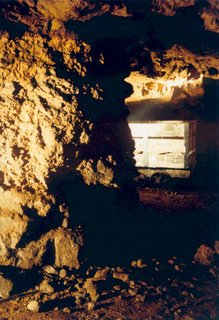
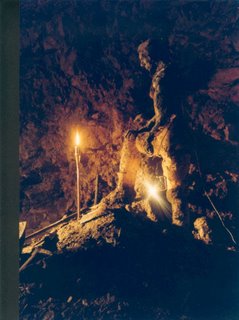
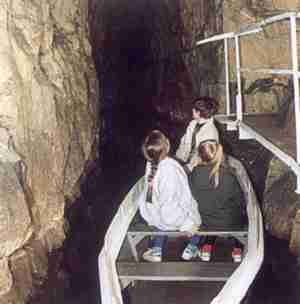
PS. Sometimes it seems to me is much safer to enter old undergound than go into international pigeon exhibition:(
Thanks for reading:)

